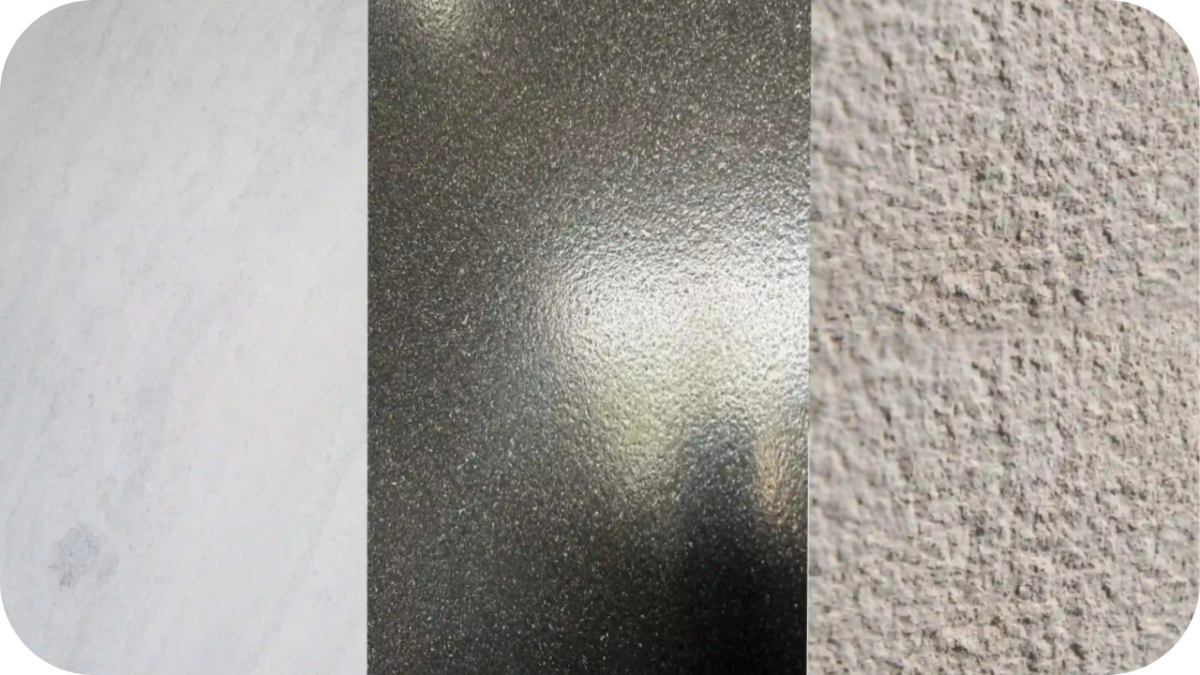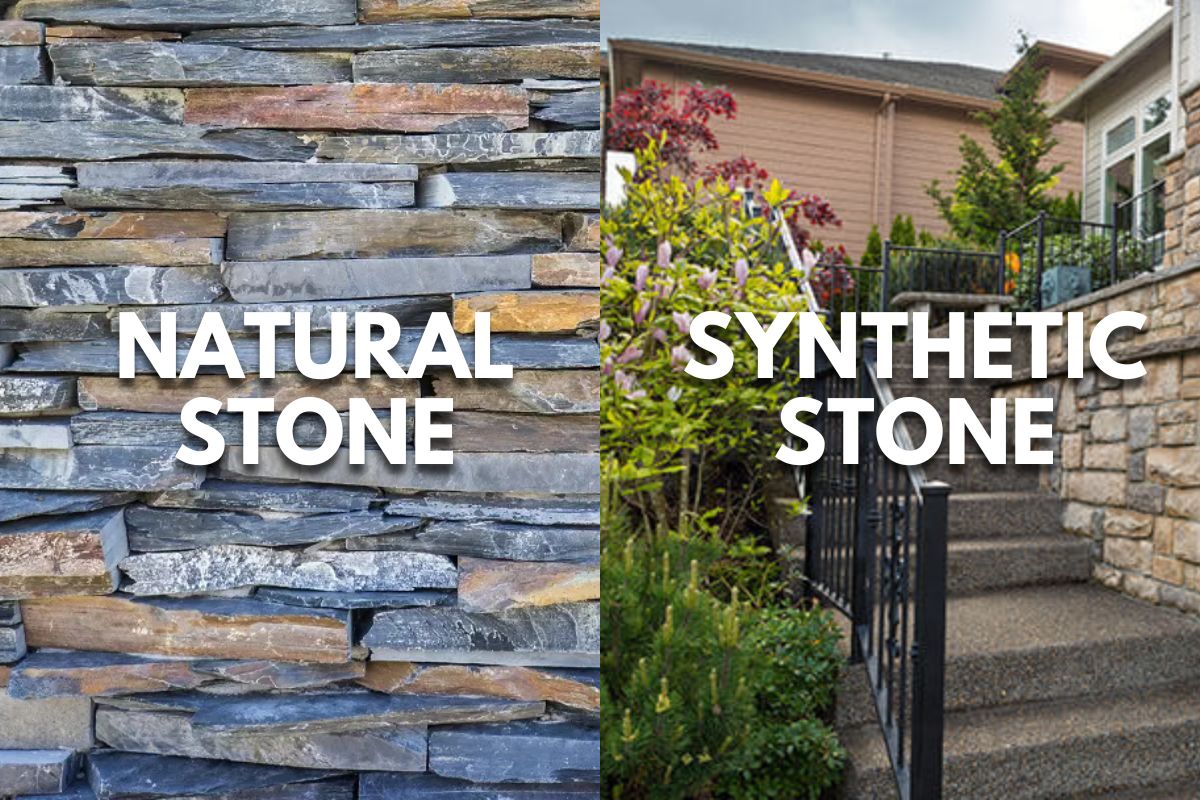Best Stones for Contemporary Feature Walls (Modernising Your Interior)
Many homeowners need help finding the correct elements to modernise their interiors without sacrificing warmth and texture.
Traditional wall treatments often need bold impact and durability, which are desired in contemporary designs. This can leave spaces outdated or uninspired.
Introducing stone feature walls as the ultimate durable, stylish, and timeless solution. Using materials like marble, slate, or travertine, you can create stunning visual interest and bring a modern yet inviting atmosphere to any room.
Embrace the blend of natural beauty and contemporary design to transform your living space truly.
Why Choose Natural Stone for Interior Feature Walls
Natural stone is a standout material for contemporary interior feature walls. It offers a perfect blend of texture, tone, and timelessness that enhances the look and feel of modern living spaces.
Unlike synthetic alternatives, natural stone brings an organic character that cannot be replicated. Each slab or panel tells its story through unique veining, colour variations, and surface details.
In modern homes, stone adds architectural depth without overwhelming the space. It pairs beautifully with clean lines, neutral palettes, and minimalist furniture. A stone feature wall delivers understated luxury and natural charm, whether used in entryways, living rooms, or behind media units.
Natural stone is also incredibly durable. It resists wear, fading, and impact, making it ideal for high-use areas. Many finishes are easy to clean and require little maintenance. For homeowners seeking a refined and grounded aesthetic, natural stone feature walls provide a striking focal point that blends beauty with lasting value.
Design Considerations for Contemporary Stone Feature Walls
Getting the look right is more than picking a stone. These design tips ensure your wall feels modern, not outdated.
- Colour Palette: Stick with neutrals like grey, beige, soft white, or muted charcoal. These tones pair effortlessly with modern furnishings and keep the space feeling calm. A limited palette lets the stone’s natural character shine without overwhelming the room.
- Texture and Finish: Modern interiors call for refined textures. Honed or sawn finishes create smooth, clean lines, while split-face stone adds subtle depth. Choose a minimalist, industrial, or luxe finish that matches the mood.
- Layout: Linear or stacked layouts work best for a clean, contemporary aesthetic. Large-format slabs can create a seamless and dramatic look with fewer grout lines. Symmetry and precision in placement elevate the overall design.
- Lighting: Lighting transforms your stone feature wall from background to centrepiece. Uplighting or wall washers highlight surface texture and create shadow play. Warm LEDs best soften the stone’s edges and enhance tone variation.
- Room Placement: Feature walls make the most significant impact in obvious areas. Use them behind the TV, in entryways, or as a living room backdrop. The right placement draws attention without feeling forced or overdone.
Top Stones for Contemporary Interior Feature Walls
Choosing the best natural stone for your feature wall depends on its durability, aesthetic, and finish.These standout stones blend modern style with natural texture, perfect for creating interior feature walls that feel bold, elegant, and timeless.
1. Bluestone
Bluestone’s smooth texture and cool grey-blue tones deliver a bold, modern look. It pairs beautifully with black steel, timber accents, and minimalist design schemes.
Ideal for linear layouts or stacked applications, it brings structure and calm to any room. Bluestone makes a subtle yet confident statement, whether featured in an entryway or behind a fireplace. Its understated grain adds just the right texture for a contemporary finish.
2. Limestone
Limestone is perfect for interiors aiming for soft modernism or coastal calm. Its creamy, light hues work well with white walls, natural timber, and neutral textiles.
Honed finishes keep the look clean and elegant without losing warmth. Limestone suits full-height walls and open-plan living spaces, where light can reflect gently off the stone. Limestone nails the brief if you’re after subtle texture with a refined palette.
3. Granite
Granite isn’t just for benchtops; it also makes a striking statement on feature walls. Its tight grain, depth of colour, and optional polish give interiors a luxurious edge.
Ideal for modern apartments or dramatic living rooms, granite works exceptionally well as a backdrop to minimalist furnishings. Darker tones like charcoal or deep grey make the space feel grounded and bold. Choose flamed or honed finishes for a less glossy, more contemporary look.
4. Quartzite
Quartzite offers the soft beauty of marble with the strength of granite. Its light base tones and gentle veining make it perfect for high-end, contemporary interiors.
Use it in large-format panels for a seamless and sophisticated wall treatment. It works beautifully with matte finishes, black metal frames, and open space design. Quartzite balances luxury with natural charm like no other stone.
5. Sandstone
Sandstone may be known for traditional homes, but in the right finish, it adapts seamlessly to modern design. Opt for pale tones in a sawn or split-face finish to add texture without overwhelming the space.
Its raw, grainy feel adds visual interest to clean-lined interiors. Sandstone suits feature walls in media rooms, hallways, or home offices. It’s ideal for creating a statement that’s both contemporary and grounded.
6. Stacked Stone Cladding
Stacked stone cladding delivers a firm texture in a slimline profile, perfect for adding interest to modern interiors. Its linear form suits clean-lined architecture, while neutral tones like white, charcoal, or beige allow it to blend with various palettes.
Easy to install and visually striking, stacked cladding works well in entryways, staircases, or as TV backdrops. It introduces rawness and rhythm to a space without compromising the polished aesthetic of contemporary design.
Tips for Blending Stone with Modern Interior Styles
Stone and modern design aren’t opposites; they’re perfect partners. These simple tips ensure balance, warmth, and a polished designer finish.
- Pair Stone with Clean Lines and Minimalist Decor: Let the stone be the hero by keeping furniture and accessories minimal. Use simple silhouettes, flat surfaces, and clutter-free layouts. This allows the stone’s texture and detail to stand out without competition.
- Stick to a Neutral or Monochrome Colour Scheme: Modern interiors love balance and calm. Using a consistent colour palette, such as whites, greys, blacks, or earthy neutrals, creates a cohesive look and lets the natural tones in the stone shine through.
- Mix with Timber, Metal, or Glass Accents: Stone pairs beautifully with other natural or industrial materials. Timber adds warmth, metal brings structure, and glass offers contrast and lightness. Depending on your style direction, these elements help soften or sharpen the look.
- Use Lighting to Highlight the Stone’s Texture: Stone comes alive under the proper lighting. Try uplighting, downlights, or wall washers to emphasise its natural surface. Soft, warm lighting adds ambience and draws the eye to key architectural features.
- Limit Texture Variety Within One Space: Avoid overwhelming the room by mixing too many finishes. Let the stone be the statement while keeping nearby surfaces smooth or matte. This keeps the room feeling balanced and intentional.
Common Mistakes to Avoid
Even the best stone can fall flat if styled poorly. Avoid these mistakes to keep your interior modern, not muddled.
- Using Too Many Textures at Once: It’s tempting to mix every stone and material you love, but less is more. Too much variation can make a room feel chaotic. Choose one hero texture and let it lead the design.
- Ignoring the Importance of Lighting: Even the most beautiful stone can look flat or dull without proper lighting. Shadows and highlights bring out the surface detail. Always plan lighting alongside your stone choice, not after.
- Picking the Wrong Stone Finish for the Space: Polished finishes can look harsh in soft, relaxed interiors. Likewise, overly rough textures in sleek, refined rooms might feel out of place. Match the finish to your furniture, flooring, and overall design.
- Overdoing Feature Walls in Multiple Rooms: A stone feature wall is powerful, but only selectively. Repeating it in every room can dilute its impact. Choose one or two strategic locations where the stone truly shines.
- Forgetting About Maintenance Needs: Not all stone is low-maintenance, especially in high-traffic or moisture-prone areas. Choose sealed or easy-care options for living rooms and hallways. Planning saves you time, money, and stress later on.
Why Choose Splendour in Stone for Your Interior Feature Walls
Splendour in Stone is your trusted source for premium natural stone feature wall solutions. We understand that modern interiors demand more than just aesthetics. They require materials that combine visual elegance with durability and lasting performance.
We offer a curated selection of stones ideally suited to contemporary spaces. Our collection includes finely textured limestone, refined marble, bold bluestone, and sleek stacked cladding.
Each option is chosen for its ability to complement clean lines, open-plan layouts, and modern finishes. Whether designing a minimalist lounge or a luxurious entryway, we help you find the right stone to match your vision.
We provide tailored advice on finishes, formats, and installation techniques to ensure the final result aligns with your interior goals. With strong relationships across Victoria’s design and construction industry, we have earned a reputation for reliability, style, and expert service.
Choose Splendour in Stone to confidently bring natural beauty and architectural impact into your home.
Let Stone Define Your Space
A contemporary feature wall crafted from natural stone brings depth, texture, and effortless elegance to any modern interior. Whether it is the refined look of marble or the urban edge of bluestone, the right stone elevates your space with timeless style.
Ready to transform your walls into stunning statements? Connect with Splendour in Stone for expert advice and premium selections tailored to modern Australian homes.it our showroom or contact us today to discover the perfect stone to complement your modern aesthetic.







